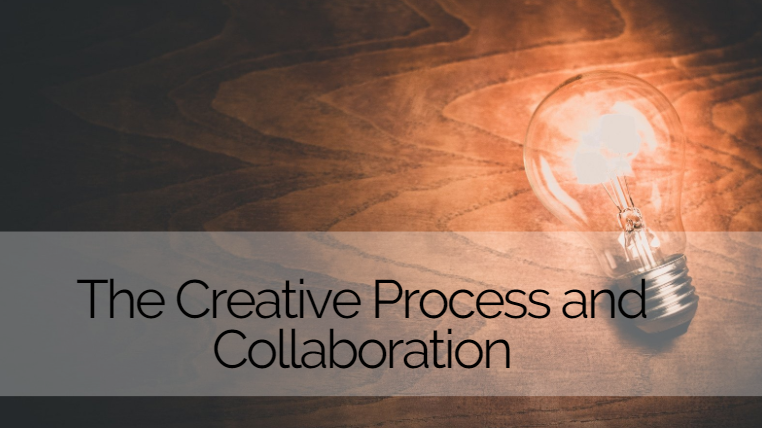The Creative Process and Collaboration
I am the daughter of an actor, writer, and director and an entrepreneur. When I was little and asked what I wanted to be when I grew up, I would say “an actor, like my mom.” Somewhere along the way my answer changed to “a business owner, like my dad.” Over 40 years later, my journey merged these two professions. My passion for the tourism industry came from my passion for business, entrepreneurship and economic vitality. My desire to explore the impact of collaboration on travel, tourism, and hospitality has a foundation that goes back to those earliest desires to be an actor. The essence of the creative process for theatre is grounded in collaboration. Complete strangers enter a rehearsal on day one and emerge weeks later with a finished performance, a work of art. Have you ever wondered what it takes to make that happen?

The Creative Process
Communication is key to making that creative collaborative process work.
In our collaboration impact study we found that 57% of travel, tourism and hospitality professionals cited poor communication between organizations as an obstacle to collaboration.
As I shared in Communication: Creating World-Changing Collaborations, there are some foundational strategies to making communication in collaboration work. These strategies are transparency, a shared vision, established roles and goals, and creating a plan for communication.
Those strategies are important but the real power to success is in the soft skills. In other words, it’s how you show up to the collaboration that will make the biggest impact. Let’s look at the creative collaborative process a little closer. In an interview on Steve Farber’s Love is Just Damn Good Business podcast, The Brothers Koren share their perspective on the art of collaboration. In that interview, the musical artists talk about good ego and bad ego and what they call daring to suck.
Good Ego & Bad Ego
The Brothers Koren compare good ego and bad ego to good fats and bad fats. Good fats support a healthy diet while bad fats tend to stick around and cause negative health effects. Similarly, the good ego shows up for a healthy conversation and shares ideas without attachment to them. Meanwhile, the bad ego stays emotionally attached to the idea and wants others to like or use the idea. It is human nature to be emotionally attached to your ideas. The most powerful collaborations happen when people become conscious of the good and bad ego and choose to show up with the good one, without attachment.
Dare to suck
Another way to think about this, according to The Brothers Koren, is to dare to suck. Share your first creative idea freely without filtering it. Let the idea be received and accept that it may or may not be used. Daring to suck feeds the collaborative process and will lead to stronger teams and bigger ideas.
“Yes, and…,”
Another helpful principle for productive and open communication among collaborators comes from improv (improvisational theater). “Yes, and …” those two words are used in improvisational theater as a method. It allows one actor to accept what another actor says and expand on it to create a bigger idea. This same technique can apply when brainstorming with a collaborative team. One person shares an idea and other participants accept that idea and expand on it without judgement. Adopting “Yes, and…” thinking will help you make sure that you have brought your good ego to the collaboration.
Bringing your good ego, daring to suck, employing “Yes, and…” thinking will set you up to be a successful collaborator. Can you think of examples where these soft skills have worked for you?
How are your collaboration skills? Find out your collaborator type in 60 seconds!
Author
Related Posts
Collaboration Drives Sustainable Tourism
Sustainable tourism has growing importance in the world of travel and tourism. As destinations grow in popularity, they need to collaborate closely with residents, local…
Can Curated Experiences Help Your Tourism Marketing?
In years past, travelers may have been satisfied to see sites like the Eiffel Tower or Colosseum; now they want to get behind the scenes,...
